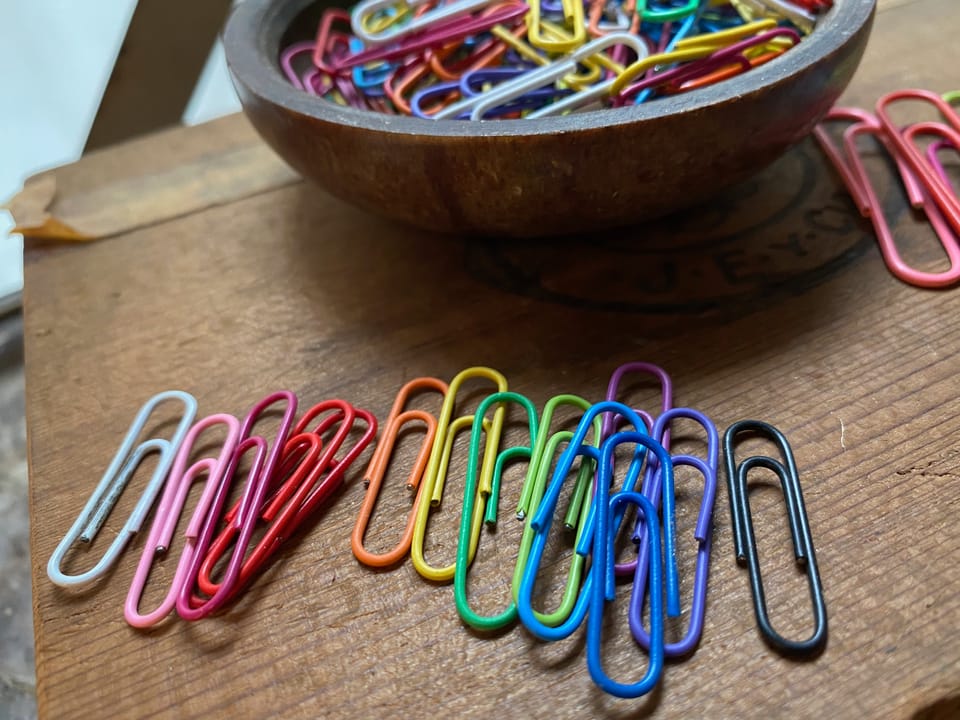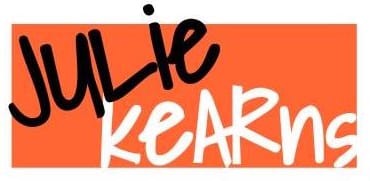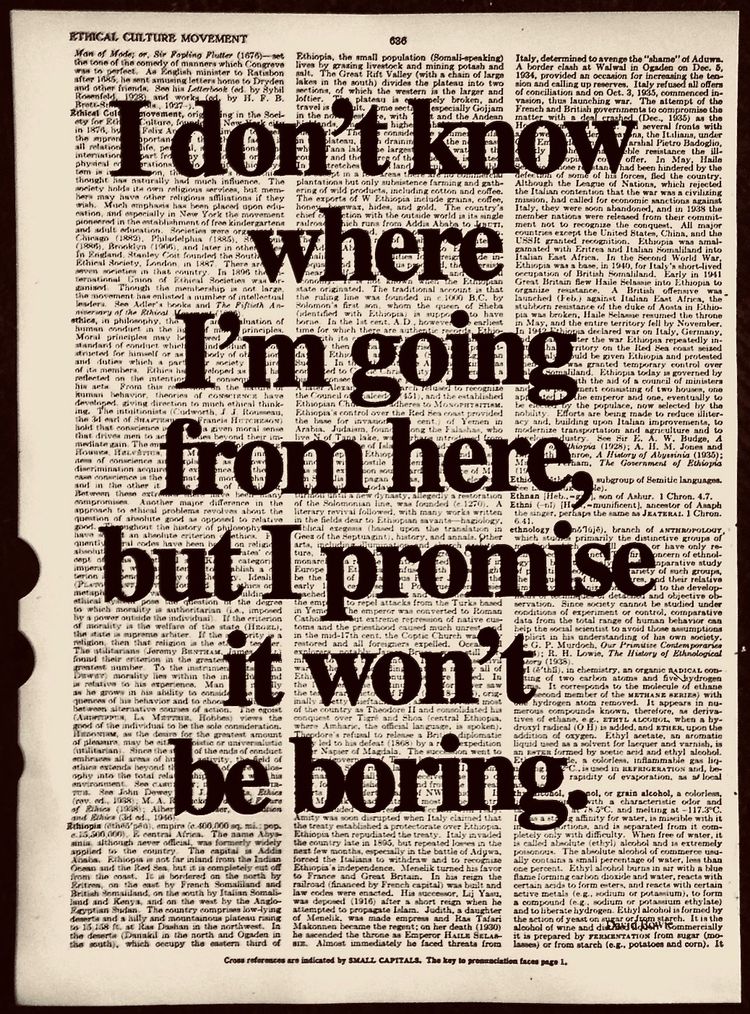Bring it, 2022!

Hi, everyone! I am on a mission to get an update out to all of you before the end of the first 2022 workday, and I've got 11 minutes to make it happen.
Whew! A lot has gone down since I last wrote – mostly fits and starts, but such is trying to accomplish much of anything during the winter break.
Quick updates: physical health improving after last month's scary fall. Face is back to normal, and I've been referred to PT for some referred pain in the elbow. Not that there's ever a good time for this sort of thing to happen, but its coincidence with both Omicron and the holidays made my decision to return to from-home order fulfillment a no-brainer: we'll have plenty to do at the new spot in the months ahead, and I can more flexibly take care of local buyers from home.
While strategic efforts (organizing other humans and a warehouse move) have taken a bit of a pause for all of the aforementioned reasons, I've zoomed ahead on things I can do from the comfort of couch: with last month's emergence of a possible paper clip collab with Ridwell fresh on the brain, I spent New Year's Day inspired to organize and photograph (and then, list, at long last) you guessed it: paper clips.
And, a podcast appearance scheduled to tape tomorrow morning (hey, Amiee!) has nudged me to tackle some of the 'I'll feel better about sharing when X is done' projects that had been floating around in the 'someday soon' brain file. I'll share a link to the show once it's posted. Looking forward to a conversation about sufficiency, abundance, and responsible stewardship of our embodied energy resources (i.e. everything that already exists, as it is).
I'll leave you with the boilerplate copy for our new paper clip product listings... it's a first pass that'll get reworked in the weeks ahead - but it's a product of 'just begin' that's also foundational to Junket's premise (and my work). As 2022 gets going, I'm excited to have some momentum building around a widespread embrace of the most sustainable goods possible (the ones that already exist). More to come!
To good health of all kinds in this new year,
Julie
The paper clip is our muse: a ubiquitous item that few even consider in day to day life...and yet, somehow, they caught our attention more than a decade ago, and we've been collecting and learning about them ever since.
What is it about paper clips that has so enraptured us?
Easy: everyone knows what they are (in most cases, they're not precious or rare, they're used by all ages, and there's a strong commercial market for them).
This means that when we share that manufacturing a single average paperclip generates 3 times its weight in carbon dioxide equivalent emissions ('CO2-e'), most of us can wrap our heads around those numbers, and we can easily apply manufacturing emissions to a single small item that we use at home, school, and work alike: procurement specialists requisition them in businesses & governments, school administrators add them to supply lists for entire groups of faculty, and the rest of us get them wherever (online or at the big box in a now-dizzying array), or, maybe we just always have enough on hand to dig one out of the junk drawer...
What we haven't typically been taught to consider, however, is how quickly small things add up when multiplied against a nation's population. For example: Americans buy 11 Billion new paper clips every year. Manufacturing a year's worth of paper clips (just the ones we actually purchase, and assuming that they're all manufactured using 100% recycled steel -- which they're not) releases somewhere in the neighborhood of 10,000 TONS of CO2-e into the atmosphere... something that, even if you're still resistant to the idea of climate change, does not bode well for your lung health (whether COPD or asthma, pollution is taking us out in ever greater numbers... also, CO2-e data source: www.epa.com/warm; analytics at shopjunket.com/data).
So if we've been buying these things at a steady clip (ha!) of 11B each year, that means that we should have some of the more than 200 Billion just in the 21st century available for reuse... right? So 1. where are they, and 2. why aren't we using them?
To answer those questions: 1, they're all over. We fail to even notice them in alleyways, at the backs of desk drawers, tucked into conference room corners (remember those?!), swept up in dustbins, filed, recycled, tossed... perfectly useful items, 10K tons of embodied energy invested for every year's supply, invisible to us because we don't see them for their value as offsets against the need to keep making them.
Question 2: that we are continuing -- as a system -- to manufacture 11 Billion of something that already exists while throwing the others away -- and doing so at the expense of retaining the environmental capacity to manufacture things we actually *do* and will continue to need (healthcare supplies, for example - and food) makes no logical sense.
And this isn't just about paper clips: all of our commodity and durable goods are embodied energy and matter, which, if harnessed and relaunched into commerce systems, is *directly circular* commerce that involves no industrial processes, no smoke stacks, drilling, mines, or fracking. Recognizing everything that already exists as having embedded utility value is the paradigm shift we need to move in lockstep toward a green economy, to create green domestic jobs, to engage in individual carbon capture... to act on climate, individually *and* collectively: because small things add up... but not if we're doing them alone.
As a symbol, the lowly paper clip gives us a frame of reference, an organizing principle and a vision for change. In a culture of excess -- when what we actually face is not scarcity, but the overwhelm of too much, too many, too fast -- perhaps having one small thing that we can focus on and manage is a very good place to just...begin.
If, together, we crack the 'how do we ethically, efficiently, and profitably* aggregate and redistribute these small useful items?' code for paperclips, we'd also be able to crack it for just about anything else.
*'profitably' is a non-negotiable, because our economic system expects us to support ourselves via dollars... no money, no mission (and no jobs creation). And, because we understand that there's a social cost to carbon emissions -- a cost estimated to be in the hundreds of dollars per ton -- the value of used paperclips is in that embedded value, and in supporting the labor and care taken to preserve them, to get them to central processing, to make them available for easier access (and in so doing, to help us shift how we think about the most sustainable goods and materials possible: the ones that already exist).
---- end paper clip rant... however...
In the same vein:
You may find our shipping costs obscenely high for small, low priced goods (we do). Unfortunately, USPS First Class mail uses Air Mail by default, and since our entire premise is to conduct the lowest-impact, most climate-competent consumer goods business model possible, we limit our shipping options to USPS Parcel Select, UPS Ground, and where applicable, Media Mail. This product does not qualify for Media Mail.
We are happy to cover these higher shipping costs for any/all orders over $35 (and combining products reduces individual packaging requirements, another environmental win), so if you care to make it our cost, take a look around and see which other 100% secondhand sourced items you might be able to use!
- - - - - - - - - - - - - - - - - - - - - - - - - - - - -
• 100% secondhand product + packaging = no new manufacturing emissions
• extending the useful life of existing materials defers recycling/waste/composting emissions.
• shipping orders via ground transit cuts emissions by 90% or more vs air-based shipping (per EPA.gov).
We can *all* feel good about choosing the most sustainable goods possible: the ones that already exist!
PS: It's still 1/3/22 on Mountain Time, so we're good, right?



Member discussion